April 6
Fun Ways to Use Maps in National Poetry Month
0 comments
Hands-on geography activity maps kids & teachers
Why not use maps to help celebrate National Poetry Month in your classroom? Your students can travel locally and in the larger world, combining maps and poetry in the month of April.
As the children’s favorite poet says–
The more that you read, the more things you will know.
The more that you learn, the more places you’ll go.
~Dr. Seuss
There are many ways to use geography and maps as a starting point for writing a poem. Add a map to enlarge a topic you are studying in class. Then make poetry be a part of it!
Children have a natural affinity for rhyming. Choose a map– ask if they can think of verse to go along with it!
Have students use verse in a non-rhyming way to express a mood or feelings. Encourage their poetry to be light and easy.
Encourage kids to add appropriate geographic terms! Poetry can be fun as well as a way to use map-related words!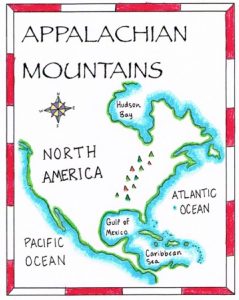
Here are some examples we have come up with. We are sure that you too can encourage students to use maps as inspiration!
When studying your state in class in April, there are many ways to use it to make a poem.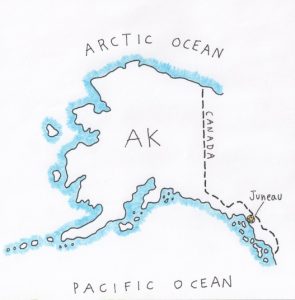
2. Pick the names of cities and towns in your state to include in a funny poem!
3. Can your student describe what a bike ride across your state would be like? Include some geographic words!
Most 4th grade teachers teach USA and the Regions of the USA. Students learn how different areas of this large country are. Poems that envision new places are a way to use imagination, combined with facts that have been learned!
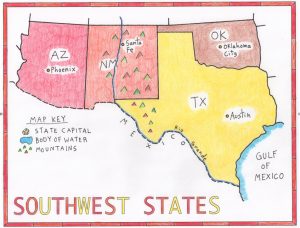
2. The regions can inspire a poem that includes names of states! Combining state names from your region in a poem in an unusual way is a challenge! One approach is to be silly– you can quote the famous “state” rhyme —
“If Mississippi wears her New Jersey, what does Delaware? Idaho, Alaska!”
3. Another way is to group names by sound or alphabetical order!
When studying the exploration of the world, use a map showing voyages and journeys to inspire a poem.
2. How is a journey across land different than one by sea? Can your students imagine this in a poem?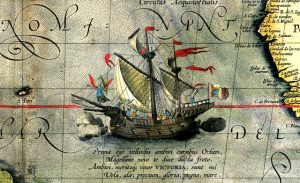
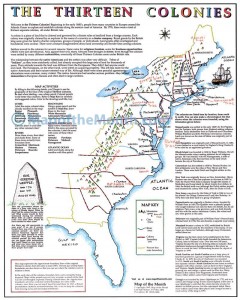
2. How would your students travel in the early days of America? Can they write a poem imagining what it would be like to move by wagon train? Or a Mississippi river boat? Or how to travel across large lakes by canoe?
When studying with a map of Asia or Japan in particular, writing poems in the haiku structure is a perfect way to celebrate poetry. Haiku is a Japanese form of poetry in three lines. The first line has 5 syllables, the second line has 7 syllables, and the last line has 5 syllables.
2. Choose a geographic feature of Japan, like coastline or mountains. Is there a way to describe it in 3 lines?
3. The city of Tokyo is famous for producing monster movies! The Japanese call these monsters kaiju— can your students write some haiku about kaiju? (That is almost a rhyme, isn’t it?).
So many wonderful animals and birds live in Arctic areas. 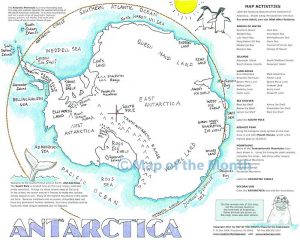
2. Can your students use both geography terms for this unique area as well as descriptions of animal(s) in their poem?
Few things are as exciting as imagining a found treasure! We all know many famous books, like TREASURE ISLAND, have been written about this.
Have your students design a map that is in the shape of an island, with varied coastline, and unique terrain, like our maps shown HERE. 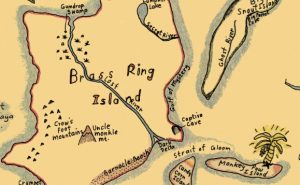
Perhaps the island has marshland, or mountains, or a river that cuts through it. Be sure to have them use geographic features to describe the island. After this is done, they can write a poem that describes areas of the island, and how they would traverse it to find treasure!
Since so many classroom activities often include maps of the individual continents, why not use these maps to inspire some poetry? Continents are BIG– can you inspire students to work with the theme of SIZE?
For instance, the ALPS of EUROPE are large mountains– compare them to a small thing that lives there? Alpine Marmot?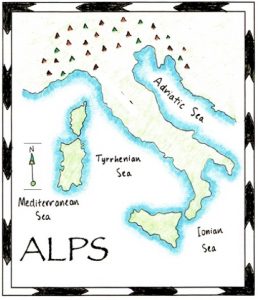
The GOBI DESERT is a huge tract of land in ASIA– what is a small element of that area? A spec of sand? An oasis?
The huge island continent of AUSTRALIA has many unique animals that a really small. Big next to little–a poem about a tiny kiwi bird in the continent of Australia?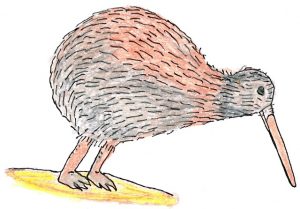
Tags
Session expired
Please log in again. The login page will open in a new tab. After logging in you can close it and return to this page.